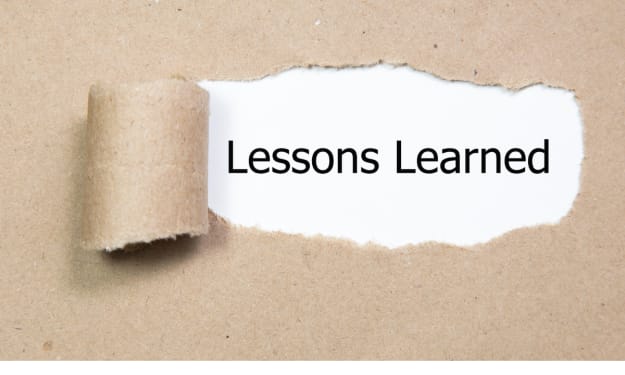The Fragile Dance Between Adulthood and Childhood
Unveiling the Impact of Trauma on Behavior

Sometimes, in moments of heightened stress, we witness one adult turning to another and exclaiming, "Stop behaving like a child" or "Act your age." This isn't merely rude; it signifies something deeper. When faced with challenges, we often regress to an earlier stage of development, leaving behind our adult faculties associated with reason, logic, and composure. Instead, we find ourselves slipping into a child-like state marked by panic, rage, despair, terror, and the urge to appease.
These shifts from adult to child-like behavior are individual responses to our own traumas. Traumas selectively hinder our development, causing a part of us to remain fixed at the age when the trauma occurred. So, despite our chronological age, when confronted with a triggering situation, we unwittingly resemble the frightened, confused, and ashamed child we once were—although we may not even notice this transformation.
There is no mental alarm that sounds, announcing the transition from being a 32-year-old to a 2-year-old. It happens swiftly, in a flash. Recognizing this shift and taking measures to mitigate its impact requires years of therapy and self-exploration. To uncover our original traumas, we can study triggering situations and extrapolate from them.
Consider a scenario where we become agitated at passport control due to a stern officer or a dispute with a neighbor threatening legal action over a tree blocking their view. By abstracting away the specific details, we may discern an underlying pattern and ask ourselves relevant questions. Perhaps a powerful figure adopting a bullying demeanor triggers memories from the past. Or being unjustly accused of something serious echoes a traumatic experience. Memories start to surface, revealing connections between present-day events and past traumas.
During certain crises, we should pay attention to how swiftly we descend through the floors of adulthood, plummeting ten, twenty, or even forty years below our current age into the child-like basement of our minds. It is essential for a part of us to hold the other steady, acknowledging the void created by the triggering event, and carefully navigating around it. We must find a safe spot on the edge of the room, patiently waiting for reason to mend the damage.
We often struggle to accept the bewildering reality that, in certain aspects, we can be abruptly thrust back into a frightened, panicked, and disoriented version of our younger selves. Fear of condescension makes it challenging to acknowledge this phenomenon. However, understanding the fragile floors in our minds that may collapse under stress is more than halfway toward finding a solution and attaining greater inner calm.
By recognizing the hazard of reverting to a child-like state during times of stress, we gain a crucial advantage. Understanding the intricate dance between adulthood and childhood allows us to navigate these challenges with greater composure.
When we find ourselves teetering on the edge of regression, it is essential to maintain a sense of self-awareness. We must acknowledge the vulnerability within us and extend compassion towards our inner child. Instead of berating ourselves for regressing, we can embrace the bewildering reality of our emotional responses.
In those moments, it is crucial to create a safe space within our minds. We need to steady ourselves by acknowledging the impact of triggering events and the emotions they evoke. Like a caretaker for our inner child, we must delicately step around the chasms in our psyche and find stability on the edge of the room.
Patience becomes our ally as we wait for reason to restore balance and repair the damage caused by the triggering event. With time, therapy, and self-reflection, we can gradually heal the wounds of our past traumas. By nurturing our inner child, we can integrate their experiences into our adult selves and find harmony between the two.
It is important to remember that acknowledging our vulnerability and moments of regression does not diminish our strength as adults. Instead, it highlights the complex nature of human emotions and the lasting impact of our past experiences. By accepting and embracing these aspects, we can cultivate resilience, empathy, and self-compassion.
In conclusion, the reversion to child-like behavior during times of stress is a natural response rooted in our past traumas. Understanding this phenomenon allows us to approach ourselves and others with greater understanding and compassion. By tending to our inner child and patiently waiting for reason to prevail, we can navigate life's challenges more effectively, fostering a sense of inner calm and resilience.
About the Creator
Enjoyed the story? Support the Creator.
Subscribe for free to receive all their stories in your feed. You could also pledge your support or give them a one-off tip, letting them know you appreciate their work.





Comments
There are no comments for this story
Be the first to respond and start the conversation.